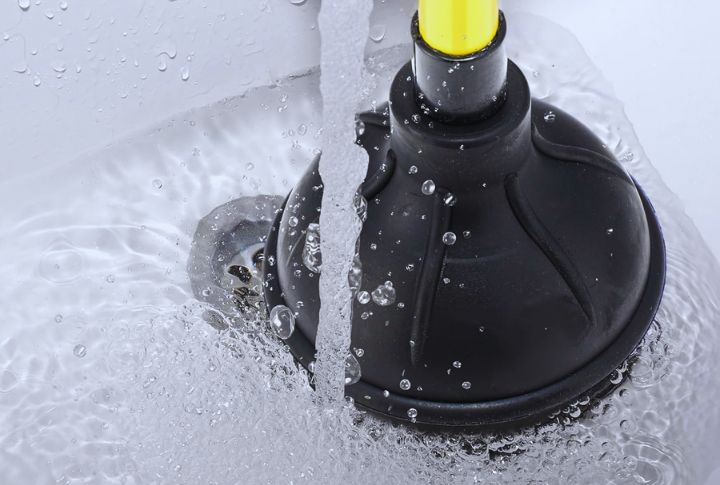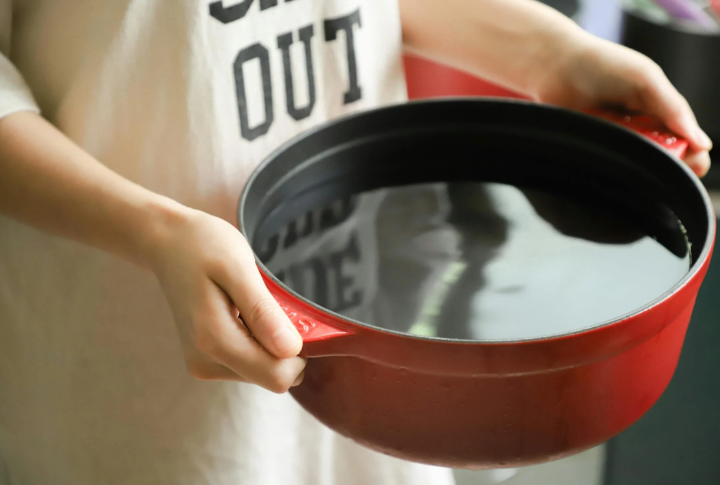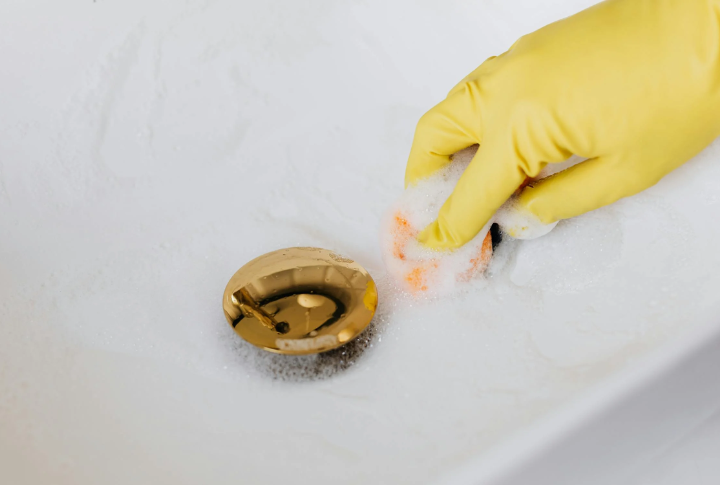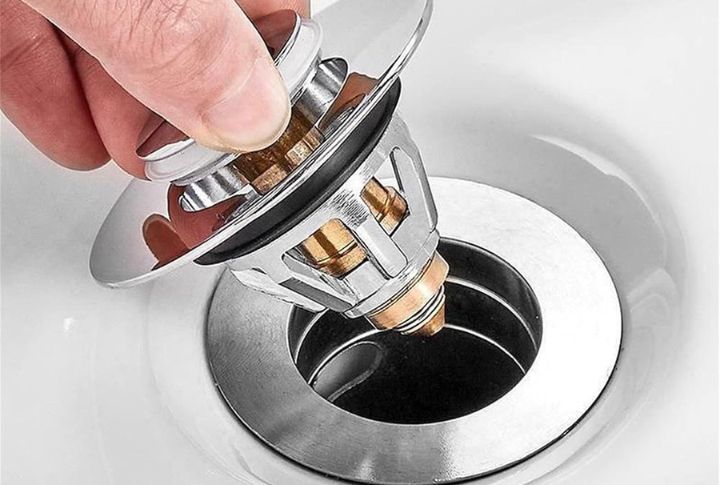
No one gets excited about drain maintenance or repair. But when water starts pooling, or the smell creeps in, it’s hard to ignore. Most blockages don’t happen overnight—they’re slow but also preventable. Fixing and preventing them may also be easier than you think. With these ten tips, you can do both and enjoy clear drains.
Boil Water And Flush In Intervals

Grease buildup is a common problem. However, pouring boiling water in stages can loosen stubborn deposits and allow debris to flush through more easily. Repeat the process twice and give time for the heat to penetrate the clogs effectively. This method shouldn’t be used on PVC pipes.
Baking Soda And Vinegar Fizz Reaction

When you use baking soda and vinegar together, the result is a fizzing action that dislodges particles before they harden. This keeps clogs from solidifying without the use of harsh chemicals. Let the mixture bubble for 15 minutes while the drain stays covered. Then, rinse with hot water.
Wet-Dry Vacuum For Stubborn Clogs

When standard plunging fails, a wet-dry vacuum can effectively extract deeper debris. Switch to liquid mode, seal the hose over the drain, and then activate it. The intense suction often dislodges blockages that resist other methods and restore free-flowing water quickly.
Clean The Stopper And Drain Cover

Hair and soap scum tend to accumulate around drain covers and stoppers, causing gradual clogs. Weekly cleaning prevents buildup from escalating into stubborn blockages. Scrub them with a mild cleanser and rinse thoroughly. When you reinsert them, you’ll notice the water flowing better.
Use A Plunger To Restore Fast Drain Flow

Persistent backups may indicate a blockage that needs added pressure. Filling the basin with water before plunging increases suction and creates a stronger push to dislodge trapped debris. Repeat several times and ensure there’s a secure seal around the drain to optimize the plunger’s effect.
Adjust The Drain Stopper Height

Some stoppers are positioned too low, and this allows debris to collect prematurely. Raising the stopper slightly decreases contact with solid particles while maintaining protective coverage. A minor adjustment can reduce buildup and improve water flow without removing essential components.
Use Enzyme-Based Cleaners

Enzyme-based cleaners digest organic waste over time, breaking down hair, food scraps, and grease. Apply at night so that the formula can work undisturbed. Monthly use prevents future clogs without the corrosive effects of chemical cleaners, thereby preserving pipe integrity.
Keep The P-Trap Clean

Unseen blockages often collect in the P-trap, a standard grease and grime buildup spot. Detach and empty the contents into a bucket. After rinsing thoroughly, reinstall securely to prevent leaks. Regular maintenance keeps the P-trap clear and minimizes potential drainage issues.
Rinse Sink Drains With Salt And Baking Soda At Night

First, pour half a cup of coarse salt down the drain. Then, the same quantity of baking soda. Do this before bed so the gritty mixture scrubs pipe walls and prevents buildup from hardening overnight. Flush with hot water in the morning to clear debris and keep drains fresh.
Check Air Vents For Potential Blockages

Air vents regulate plumbing pressure, and debris obstructs airflow and causes slow drainage. Inspect roof vents for leaves or clogs and clear obstructions to maintain consistent water flow. Unclogging vents ensures balanced pressure throughout the system and prevents future backups.

